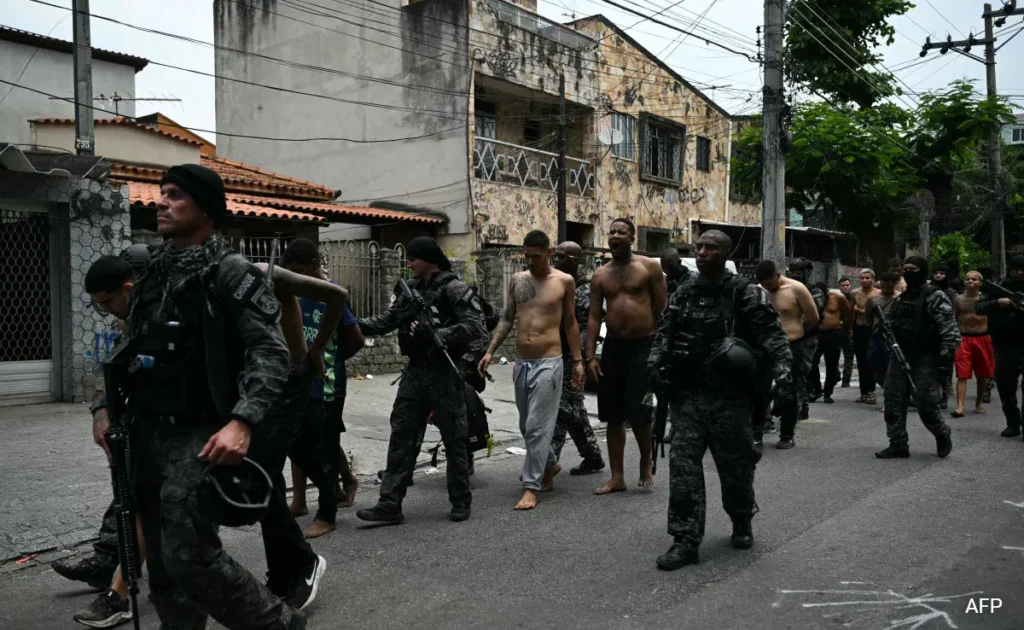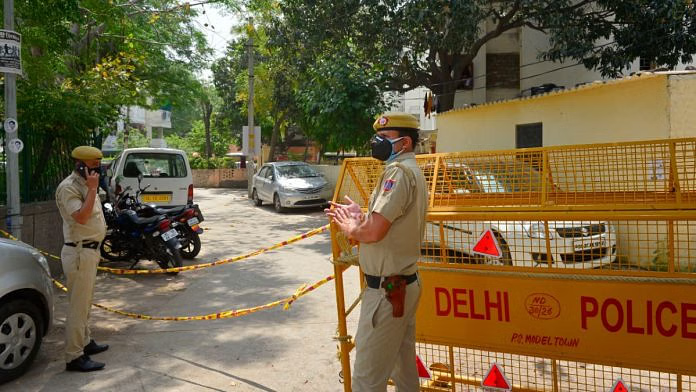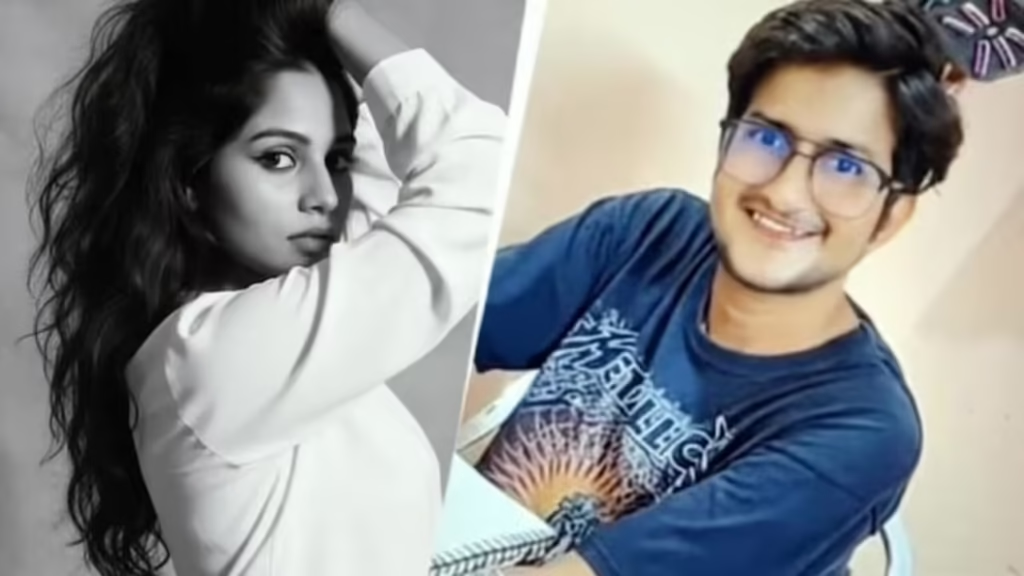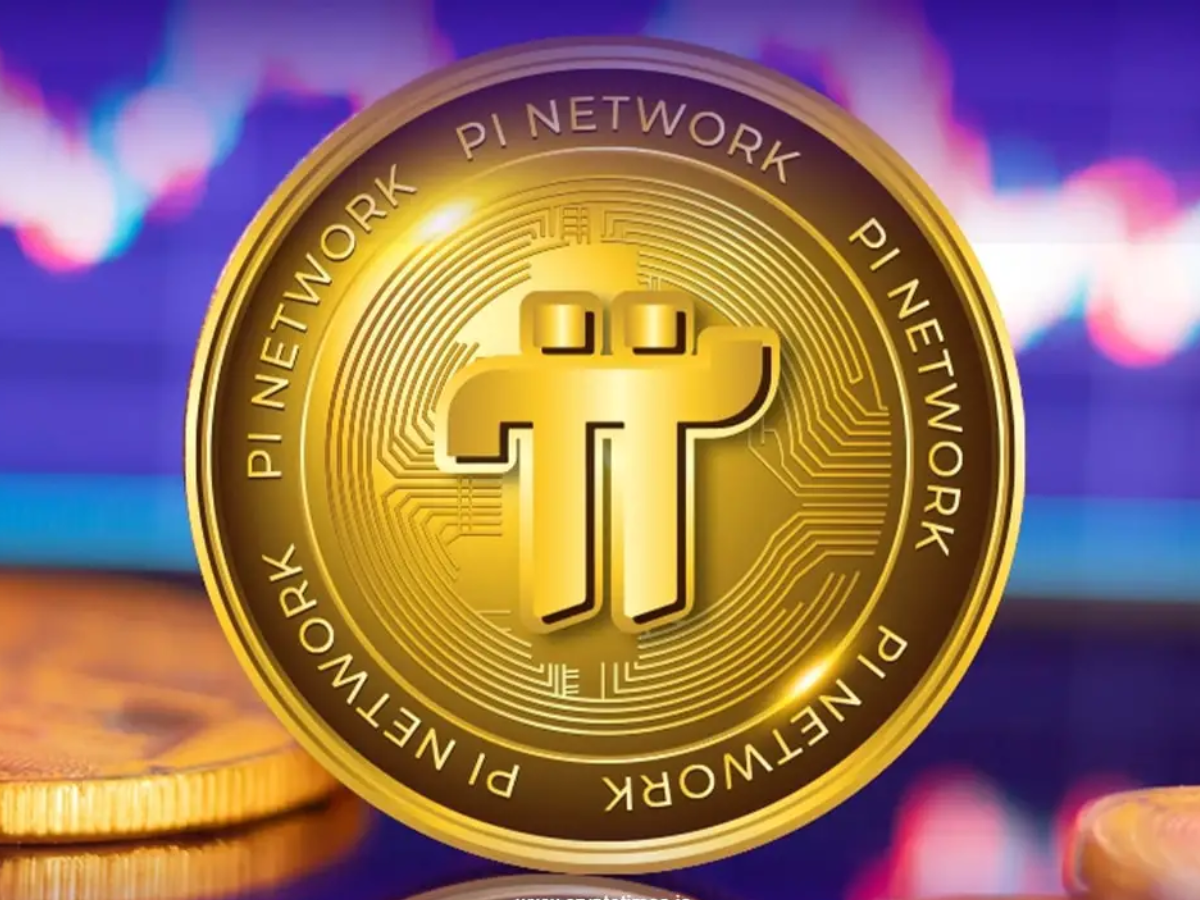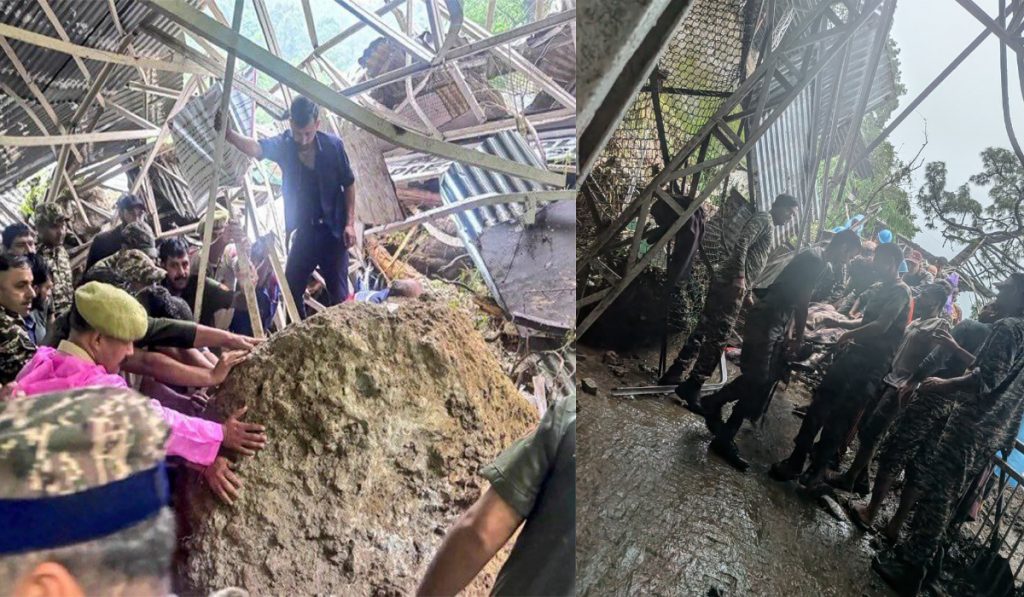Now Reading: Minneapolis School Shooting: Gun Violence Debate Reignites in the US
-
01
Minneapolis School Shooting: Gun Violence Debate Reignites in the US
Minneapolis School Shooting: Gun Violence Debate Reignites in the US
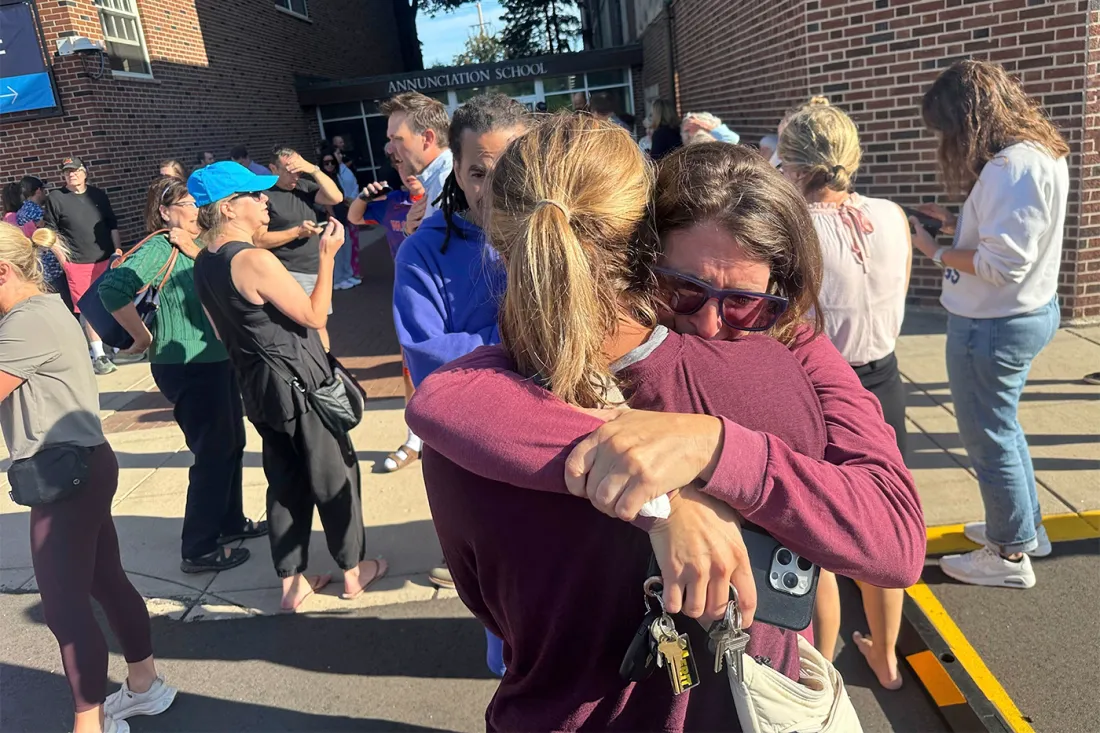
A deadly school shooting in Minneapolis has once again raised difficult questions about gun laws, political extremism, and online radicalisation in the United States. The attacker, identified as Robin Westman, carried multiple gun magazines and left behind troubling messages that included anti-Trump views and statements on Israel. The incident has shaken local communities while also drawing nationwide attention to the continuing cycle of school violence.
The shooting took place inside a Minneapolis school where students and staff were caught in panic as gunfire erupted. Authorities confirmed that the attacker was heavily armed, carrying extra magazines that signalled an intent to cause mass harm. Emergency services rushed to the scene, and the school was placed on lockdown before police neutralised the situation. Families, many still processing the trauma, have been demanding answers and stronger preventive measures.
Investigators later revealed that the shooter had left behind notes and online posts that hinted at personal anger, political frustration, and a fixation on divisive issues such as former US President Donald Trump and Israel. While the writings do not fully explain the motive, they point to the growing influence of polarised political debates on vulnerable individuals. Experts have often warned that a mix of easy access to weapons and extreme rhetoric can turn dangerous.
The attack has revived America’s long-standing debate on gun control. Politicians, activists, and local leaders are once again split between calls for stricter firearm regulations and arguments in favour of protecting gun rights. For parents and communities, however, the focus remains on school safety and mental health support. Many have questioned how schools in developed nations remain vulnerable to recurring violence, with little changing after each tragedy.
In India, especially in Tier 2 cities where debates on youth, mental health, and digital exposure are gaining importance, incidents like this resonate deeply. Parents are increasingly alert about the content children consume online and the mental pressures of growing up in a hyper-connected world. Though India does not face gun violence on the same scale, concerns about radicalisation, online bullying, and emotional well-being are very real.
What this tragedy underscores is a cycle America has struggled to break—violence driven by access to guns and amplified by polarised politics. For Indian readers, it serves as both a warning and a reminder that youth issues must be addressed early, with support systems in place. While the US continues its polarising debate, countries like India can learn by strengthening mental health awareness, digital literacy, and preventive education before problems take root.








